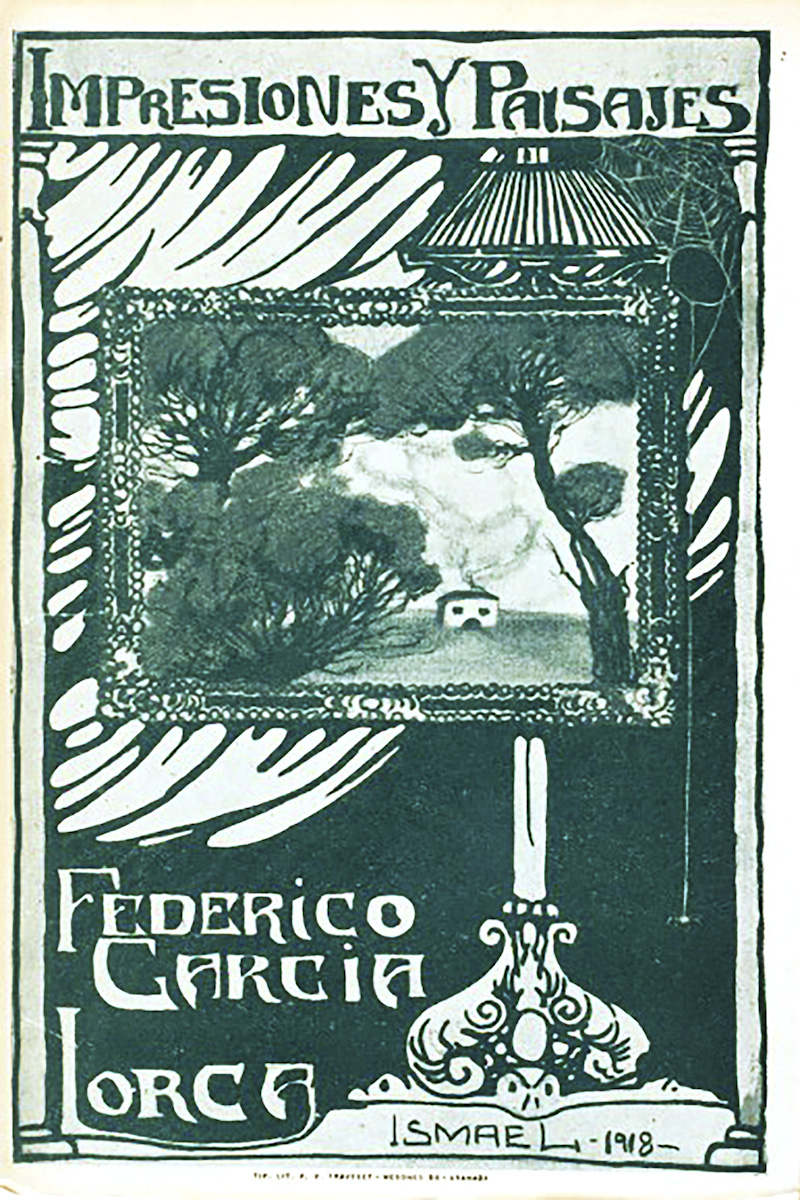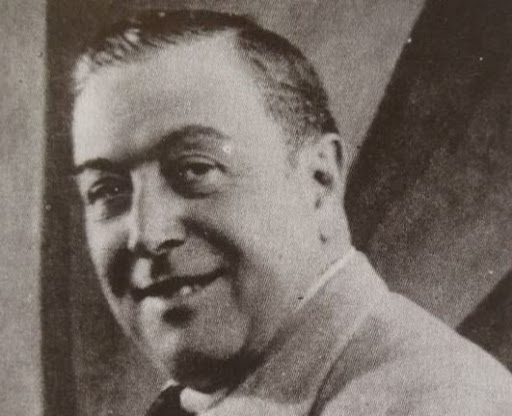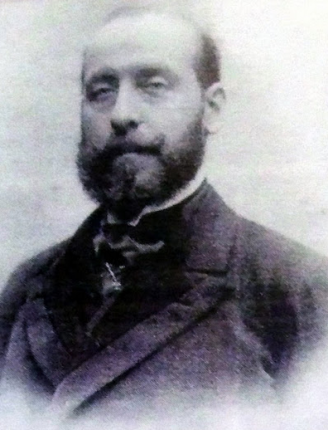An outstanding typographer from a family of printers and booksellers -whose origins date back to the first half of the 19th century- who represents, according to the historian Cristina Viñes, “the most perfect incarnation of typography in Granada”. Paulino Ventura Traveset, belonging to the third generation of typographers, went down in the history of Spanish literature for being the editor of Federico García Lorca’s first book, Impressions and Landscapes, which appeared in 1918.
He enters the lithography sector, which allows him to illustrate books and newspapers. Thus, Granada ceased to depend on other cities for publishing.
The pioneer of the Ventura saga is Francisco Ventura Sabatel, who started his workshop around 1835, at the beginning of the reign of Isabel II, and directed it until his death in 1867. He was the most important typographer of his time in Granada. He collaborated with the most important institutions of the city, such as the Granada City Hall.
When Francisco died, his sons Paulino and Indalecio took over the printing house and maintained and increased its importance in the city. They move the workshop to Bib-Rambla square and later to its final location: Mesones Street, 52.

The first Paulino Ventura died in 1867. The business passed to his widow and children, among whom was the second Paulino, Paulino Ventura Traveset, the publisher of Impressions and Landscapes.
The new member of the printing saga brought the business up to date and entered the lithography sector, which allowed him to illustrate books and newspapers. In this way, Granada ceased to depend on other cities for publishing.
Impressions and Landscapes was a commissioned book financed by Federico García Rodríguez. Before paying for the publication, Lorca’s father, somewhat bewildered by his son’s literary vocation, consulted Luis Seco de Lucena, editor of El Defensor de Granada, Miguel Cerón, José Mora Guarnido and Andrés Segovia. After hearing their opinion that the book deserved to be published, he accepted and paid for the edition. On March 17, 1918, with the book being printed, Federico read some excerpts at the Centro Artístico.

